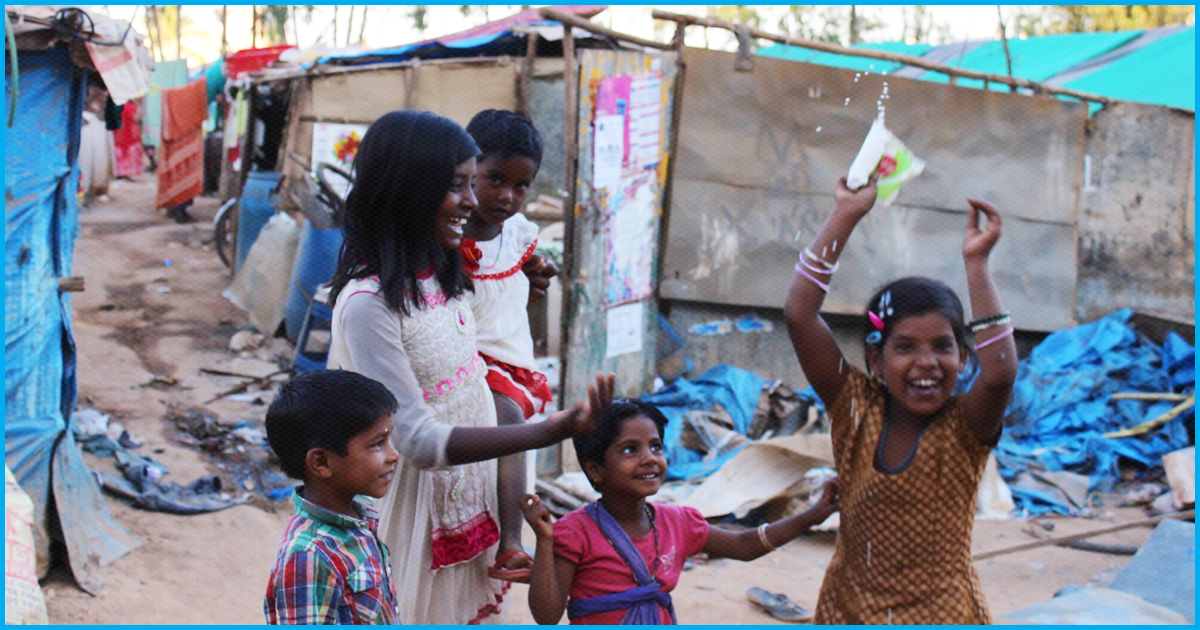A recent report stated that the number of refugee and migrant children in the world who are deprived of education can fill up half a million classrooms. This is an increase of 26% from the year 2000.
Additionally, by the year 2030, in Africa/Asia there will be 80 million people living in slums, according to the 2019 Global Education Monitoring report by UNESCO.
No school
In many cases, most of these children are left behind. In China, one out of three children in rural areas is left behind by their parents. Titled “Building bridges not walls”, the report was released in Berlin by the UNESCO’s director-general Audrey Azoulay on November 20. The report talks about the role of individual countries in providing education to migrant and displaced children and the steps taken by them to ensure that all children are schooled.
Half of the world’s forcibly displaced people are children. Yet, they are excluded from countries’ national education systems.
India’s displaced children
The UNESCO study found that over 80% of migrant children across seven cities in India do not go to school. This is a result of the increase in interstate migration within the country. Between 2001-2011, interstate migration doubled. Between 2011-2016, almost 9 million people migrated between states annually.
People also move for seasonal work. In 2013, 10.7 million children had at least one family member who was a seasonal worker. The report talks about how seasonal migration hampers children’s education.
The report urges policymakers to strengthen public education for rural migrant children living in slums. Manos Antoninis, director of the report, said: “As the number of people living in and around cities continues to grow, we need to respond to the education needs of those in slums. Without the data, governments will be able to continue ignoring the problem,” reported The Times of India.










